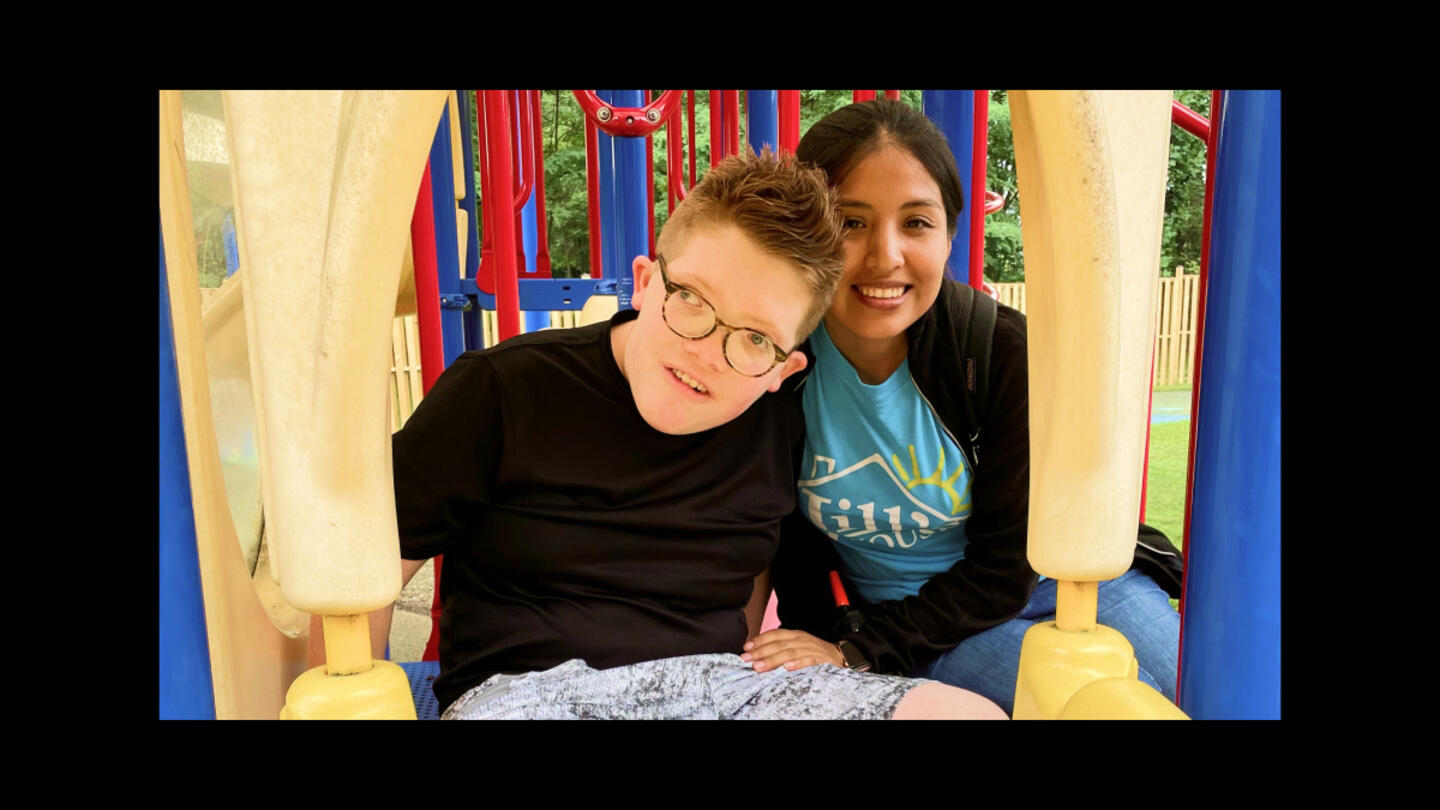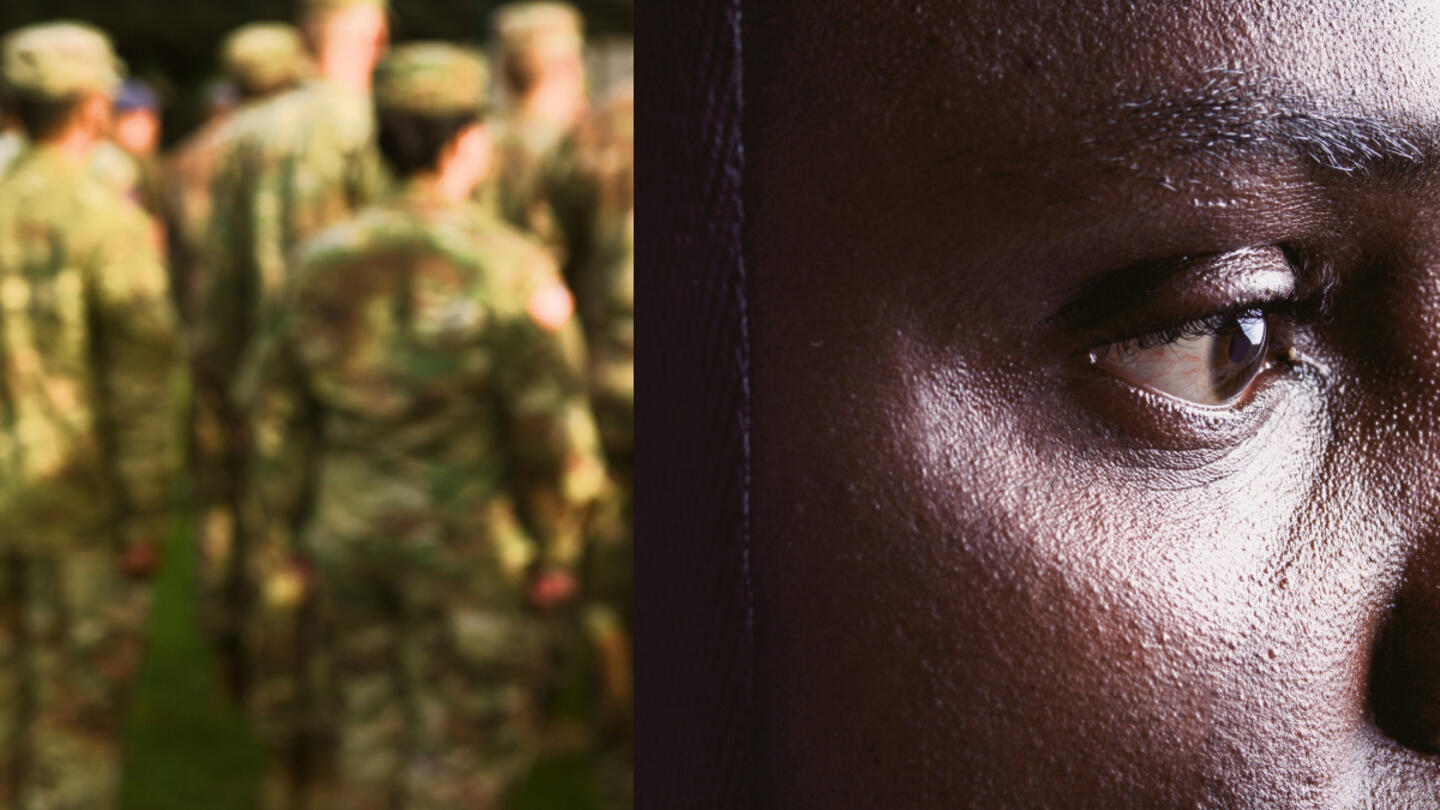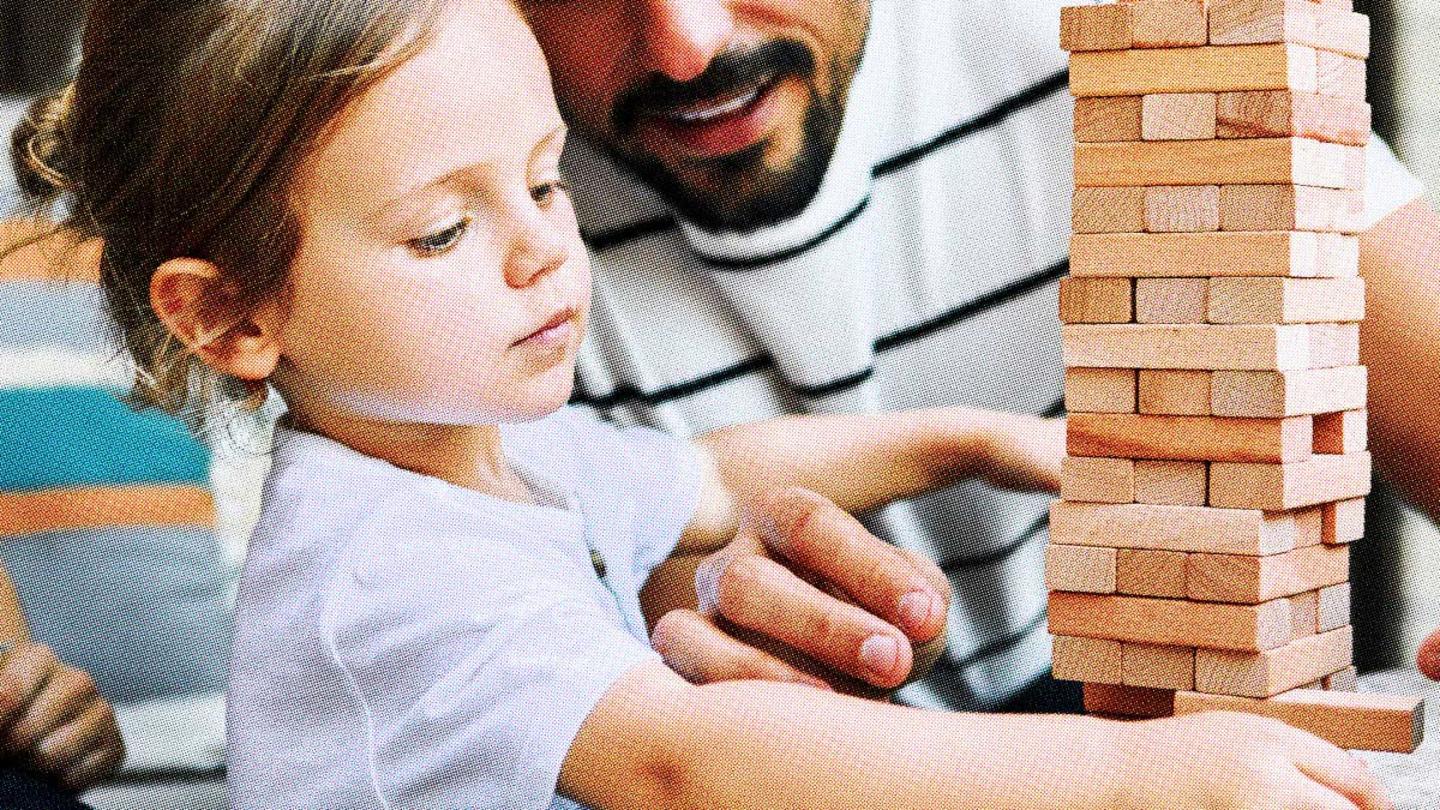Few people know the real story behind foster care organizations in the U.S. – or that today's foster care system is a relic of that distant past.
Beginning in the late 19th century, orphaned and abandoned children from crowded Eastern cities were shipped by train to be resettled with families in rural areas to the west. The underlying motivation was originally economic — these children were often used as free labor on Midwestern farms — but its impact was cultural.
The legacy of these "orphan trains" remains. Today's foster care system borrows many of its foundations, including working from the assumption that foster youth are "broken" and need to be "fixed," handling foster youth as measurable statistics, rather than individuals; and ending their care once they turn 18.
That's starting to change.
In recent decades, innovative foster care organizations have been emerging in cities throughout the United States. They are reimagining the foster care experience for both children and families. In doing so, they are changing the very way we think about foster youth and the definition of "care" itself. For these organizations, no single child is the same, and no one walks through the foster care system alone.
Here are three examples of what that looks like in practice.
1. Safe Families for Children
At Safe Families for Children, the goal isn't to place a foster child with a new family, as is the case with almost every other foster program. Instead, it's to get their home life back on track and reunite them with the family they've always known.
The organization — which has roots in Chicago, Houston, Los Angeles, New York, and multiple cities across Florida — does this by assisting parents alongside youth, to try and keep families united.
"The safety and protection of children in our society has to be all of our business," says founder David Anderson. "It can't just be child welfare's business."
Foster families take on extremely short-term care of youth to allow their parents time to build up stability in employment, homelessness, finances, et cetera. Children leave a temporarily unstable home environment at the parent's request, averting potential trauma and neglect. A host family takes in the child while the parent stabilizes, with the joint goal of ultimately reuniting the family.
And it's working: to date, Safe Families has placed 38,000 children in temporary stays averaging 45 days. Ninety-five percent of those children have since been reunited with their families.
Sign up for the Strong & Safe Communities newsletter for stories, ideas, and advice from changemakers working with their neighbors to address the biggest problems we face.
2. Just in Time for Foster Youth
Many foster care organizations see foster children as just that: children.
Just in Time for Foster Youth thinks of them as future adults with a long life ahead of them. The organization's care plan centers around this belief.
The San Diego, Calif.-based organization addresses a critical gap. While most organizations work with foster youth up until they age out of the system at 18, Just in Time specifically works with youth aged 18-26 who are transitioning out of the system.
"Our goal is to empower youth. Not to protect them," says Chief Empowerment Officer Don Wells. "Empowerment is the goal. Seeing the young people themselves not as damaged and deficient, but having potential is more of a strength-based approach. Our theory of change focuses on looking at young people for what they can do with their potential."
By supporting them with a community, they build a "long bridge" to set youth up for success for the rest of their lives. In 2022, 1,870 foster youth received an average of $1,561 in financial distributions, seen as "investments," launching them into early adulthood.
3. Found Village
Foster care is often an inherently isolating experience with many youth surrounded by temporary, superficial relationships as a result of bouncing from placement to placement.
Community is one of the most integral ingredients to long-term success in all of life's challenges.
Cincinnati, Ohio-based Found Village provides a community that foster youth can depend on time and time again and, in doing so, helps them discover their identities as individuals. Of the 120 youths Found Village has worked with since its inception, 90% have moved into employment or post-secondary education after high school; 89% have experienced a decrease in psychiatric hospitalization.
"Young people have the things they need inside of them," says founder Katie Nzekwu. "Empowerment for us is not giving them something, it's helping them unlock the things that are already within them."
***
Safe Families for Children, Just in Time for Foster Youth, and Found Village are supported by Stand Together Foundation, which partners with the nation's most transformative nonprofits to break the cycle of poverty.
Learn more about Stand Together’s efforts to build strong and safe communities and explore ways you can partner with us.

At this ‘resort,’ children with intellectual disabilities are seen as gifts to be celebrated and loved.

Veterans experience loss when leaving service. Could this be key to understanding their mental health?

The Grammy-nominated artist is highlighting the stories we don’t get to hear every day.

With his latest project, Blacc isn’t just amplifying stories — he’s stepping into them
